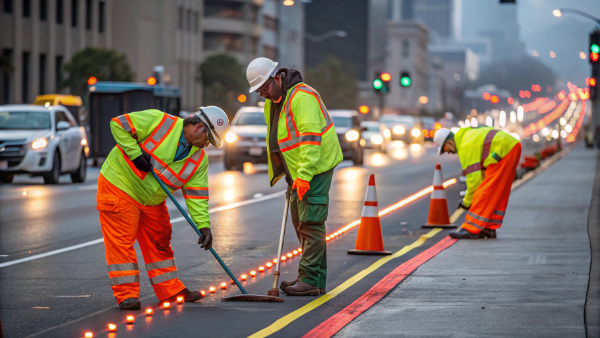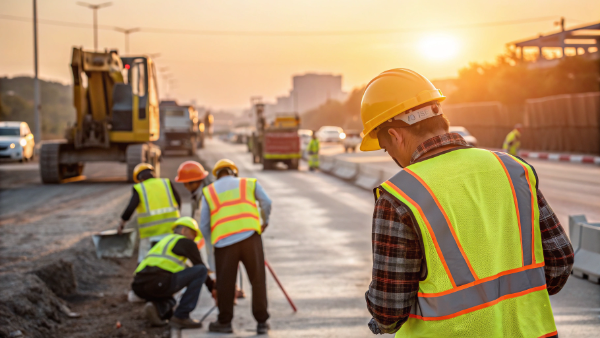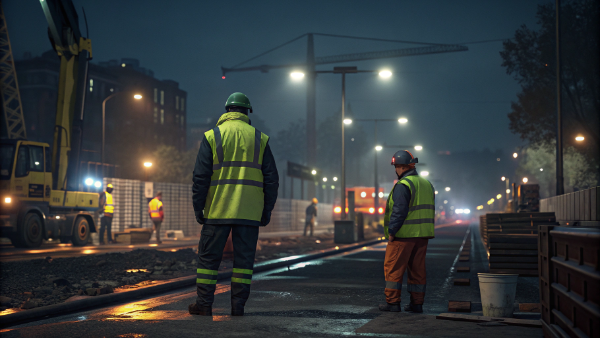Are your workers hard to see in high-risk zones? This visibility gap leads to devastating accidents. The right gear, like a Class 3 jacket, makes them stand out.
A Class 3 safety jacket provides the highest level of visibility required by the ANSI/ISEA 107 standard. It is designed for workers in complex, high-risk environments with vehicle speeds over 50 mph, poor weather, or low-light conditions, ensuring they are seen from a maximum distance.
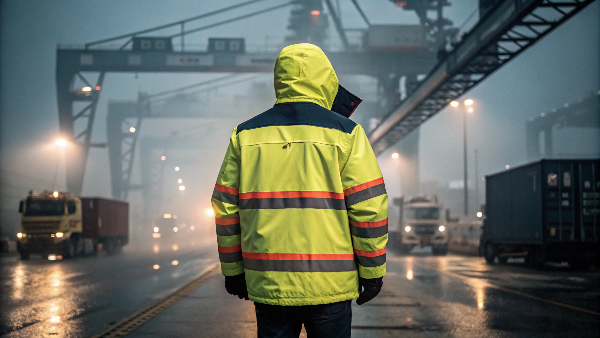
Choosing the right safety apparel can feel complicated. You see terms like "Class 2" and "Class 3," but what do they really mean for the safety of your people on the ground? Understanding these differences is not just about compliance; it's about providing the best possible protection against workplace hazards. It’s a decision that directly impacts worker safety and your company's liability. Let's break down what these classes mean so you can make an informed choice for your team.
What's the difference between class 2 and class 3 safety vests?
Worried you have the wrong vest for the job? Using a Class 2 vest in a Class 31 environment puts workers at extreme risk. Understanding the distinction is critical.
The main difference is the amount of required high-visibility material2. Class 3 garments require significantly more background fabric and reflective tape than Class 2. This design, which includes sleeves, provides 360-degree visibility, especially for workers in high-speed traffic or poor visibility conditions.
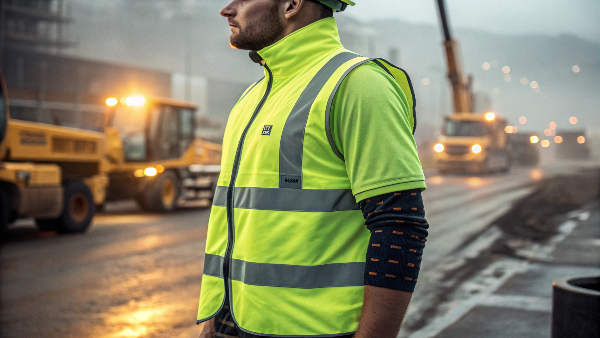
When I work with clients like Danny Cheng from California, this is a frequent topic of discussion. Danny has been in the PPE business for over 25 years and knows the risks firsthand. He supplies safety gear to construction and logistics companies, where the environment changes from one site to another. For a crew working on a local road with traffic under 50 mph, a Class 2 vest might be enough. But for his clients whose teams work on major highways or at night, only Class 3 will do. The difference isn't just a number; it's a lifeline. The extra material on the arms and torso of a Class 3 jacket makes a worker's full human shape visible, not just their torso. This helps a driver recognize them as a person much faster.
Here's a simple breakdown:
| Feature | ANSI Class 2 | ANSI Class 3 |
|---|---|---|
| Use Case | Near traffic from 25-50 mph. | Near traffic exceeding 50 mph. |
| Visibility | Good visibility in most conditions. | Highest visibility for complex backgrounds. |
| Sleeves | Not required. | Required to meet standards. |
| Reflective Tape | Min. 201 sq. inches. | Min. 310 sq. inches. |
| Hi-Vis Fabric | Min. 775 sq. inches. | Min. 1240 sq. inches. |
Is ANSI Class 2 or 3 better?
Choosing between safety classes and feeling unsure? Making the wrong choice isn't just a compliance issue, it's a safety gamble. The "better" option is the one that fits the job.
Neither class is inherently "better"; the right choice depends entirely on the work environment's risk level. Class 3 is not better than Class 2, it is simply required for more hazardous conditions. Choosing the appropriate class is about matching the level of protection to the specific dangers workers face.
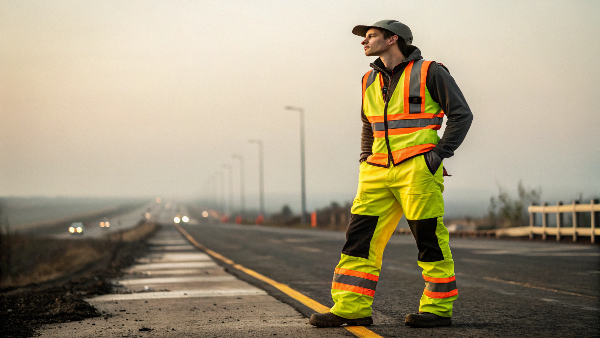
I always tell my customers that thinking one is "better" is the wrong way to look at it. The real question is, "What does the job site demand?" A Class 2 vest3 is perfectly suitable for a parking attendant or a school crossing guard where traffic speeds are low. Forcing them to wear a full Class 3 jacket in warm weather could lead to heat stress, which is its own safety hazard. On the other hand, providing only a Class 2 vest to a highway emergency responder is negligent. It's about risk assessment. My partner Danny in the US services clients with diverse needs. He helps them analyze their specific work zones to ensure they don't over-or under-protect their teams. The best gear is the right gear for the specific task, ensuring both compliance and worker comfort. Our goal at Vissafety is to provide both, with options like lightweight, breathable Class 3 jacket4s for hotter climates.
What Are the Specific Requirements for Class 3 High-Visibility PPE?
Do you know the exact material requirements for Class 3 gear? Guessing can lead to non-compliance and put your workers in danger. The standards are very specific for a reason.
Class 3 PPE5 must have a minimum of 1240 square inches of fluorescent background material6 and 310 square inches of retroreflective tape7. The garment must have sleeves and the reflective bands must provide 360-degree visibility, encircling the torso and sleeves to outline the human form.

At our Vissafety facility, precision is everything. Our in-house lab, with over 75 testing devices, ensures every single Class 3 jacket we produce meets these exact measurements. We don't estimate. The ANSI/ISEA 107 standard8 is our blueprint. The requirement for sleeves on a Class 3 garment is a key differentiator. It ensures that a worker's arms are visible, which is crucial for drivers to recognize movement and intent from a distance. A sleeveless vest can make a worker look like a traffic cone from far away. A jacket with reflective material on the sleeves makes it clear they are a person. This level of detail is something my friend Danny Cheng relies on. He knows that when he gets an order from us, it has already passed multiple inspections to verify it meets every single line item in the Class 3 standard, from fabric fluorescence to tape reflectivity.
Class 3 Garment Requirements
| Component | Minimum Area Requirement | Purpose |
|---|---|---|
| Background Material | 1,240 square inches (0.80 m²) | Provides daytime and low-light visibility (fluorescent). |
| Retroreflective Material | 310 square inches (0.20 m²) | Reflects light back to the source for nighttime visibility. |
| Minimum Width of Tape | 2 inches (50 mm) for torso/sleeves | Ensures a bright, clear outline of the worker. |
| Garment Design | Must have sleeves | Outlines the full human form for quicker recognition. |
When Do Workers Absolutely Need to Wear a Class 3 Vest?
Unsure when to mandate Class 3 gear? This uncertainty can have fatal consequences on a high-speed job site. Knowing the specific triggers for Class 3 use is essential.
Workers must wear Class 3 high-visibility clothing when they are exposed to traffic moving at speeds over 50 mph or when they must be conspicuous through a full range of body motions at 360 degrees. This includes working in bad weather or low-light conditions.
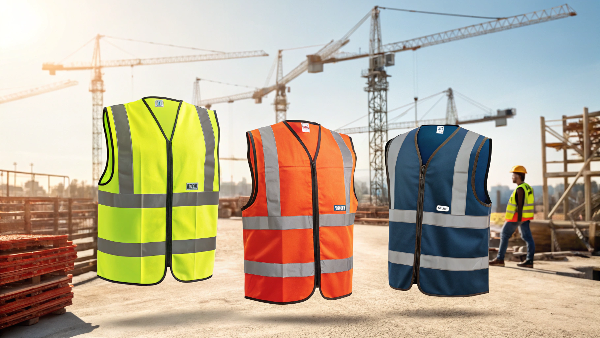
This requirement is all about reaction time. A driver traveling at 60 mph covers 88 feet per second. They need to see a worker from as far away as possible to have enough time to react safely. This is why highway construction crews, utility workers near fast roads, and emergency responders are always in Class 3 gear. I remember a conversation with Danny about one of his logistics clients. Their loading yard was next to a major interstate, and trucks were entering and exiting at all hours. Even though the yard speed limit was low, the proximity to high-speed traffic and the complex background of moving machinery created a high-risk environment. We worked together to provide them with customized Class 3 jackets. It gave the workers the highest level of protection and the company peace of mind. It’s for any situation where a worker's attention is divided and they are exposed to significant vehicle hazards.
Do the Different Colors of Safety Vests Mean Anything?
Do you think any bright color will do for a safety vest? This common mistake can compromise worker safety. Only specific fluorescent colors meet ANSI standards for visibility.
Yes, the colors are very important. The ANSI/ISEA 107 standard approves only three colors for the background material: fluorescent yellow-green, fluorescent orange-red, and fluorescent red. These colors are the most visible against most backgrounds during daylight hours, making workers stand out effectively.
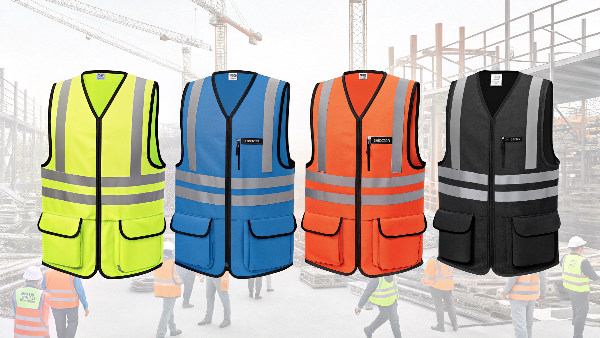
These specific colors are chosen for their scientific properties. They absorb and emit different wavelengths of light, which makes them appear to glow, especially at dawn and dusk. This is why a standard yellow shirt doesn't offer the same protection as a fluorescent yellow-green safety vest. While some companies use other colors like blue, black, or green to designate different roles on a job site (like engineers or visitors), these are not ANSI-compliant for high-visibility protection. They should not be used for workers exposed to traffic hazards. As a manufacturer, we stick to the three approved fluorescent colors for all our ANSI-rated apparel. We help clients like Danny understand that while internal color-coding is fine for organization, the foundational safety gear for at-risk workers must be one of the three approved, high-conspicuity colors to meet regulations and ensure maximum safety.
Conclusion
Choosing the right safety jacket is about matching the ANSI class to the worksite risk. Understanding these standards is the first step to ensuring your team is properly protected.
-
Explore the advantages of Class 3 vests for maximum visibility and safety in high-risk environments. ↩
-
Learn about the critical role of high-visibility materials in enhancing worker safety and preventing accidents. ↩
-
Explore the advantages of Class 2 vests for low-risk jobs, ensuring safety without compromising comfort. ↩
-
Learn when a Class 3 jacket is essential for safety in hazardous conditions, protecting workers effectively. ↩
-
Understanding Class 3 PPE standards is crucial for compliance and safety in hazardous environments. ↩
-
Discover how fluorescent materials improve visibility and safety in various working conditions. ↩
-
Learn about retroreflective tape's role in enhancing visibility and safety for workers. ↩
-
Explore the ANSI/ISEA 107 standard to ensure your high-visibility gear meets safety regulations. ↩

